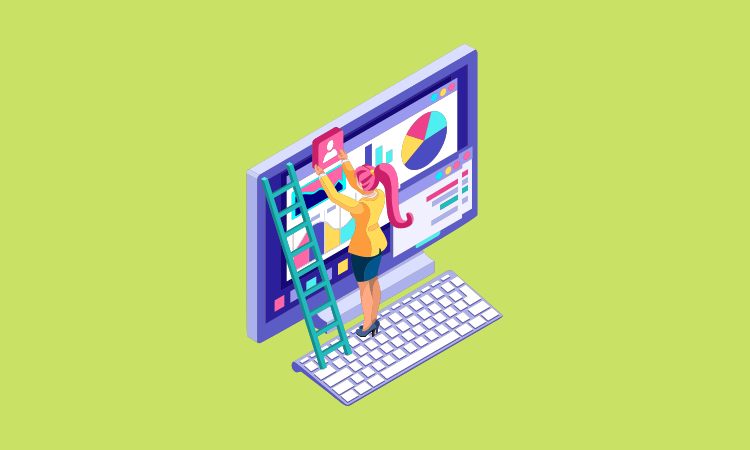4 charts, Online Lenders
How changes in PPP affected funding for underserved SMBs, in 4 charts
- Many small and medium sized businesses weren't able to access the first wave of the Paycheck Protection Program, and policymakers sought to solve this by making some changes to the program.
- Looking at the different outcomes for 2020 and 2021, analysis by the Federal Reserve found that some tweaks were beneficial, although there is no way to know for certain.








